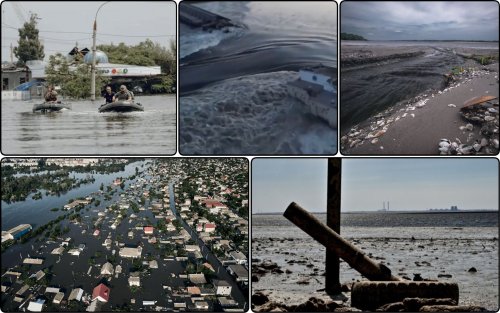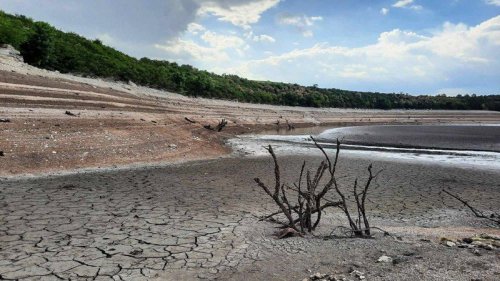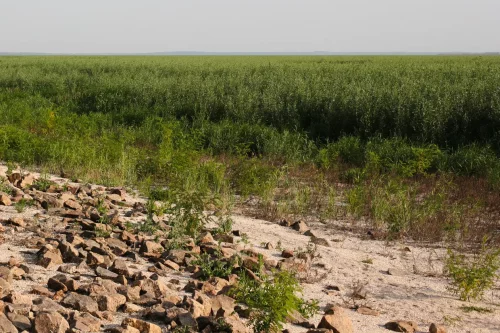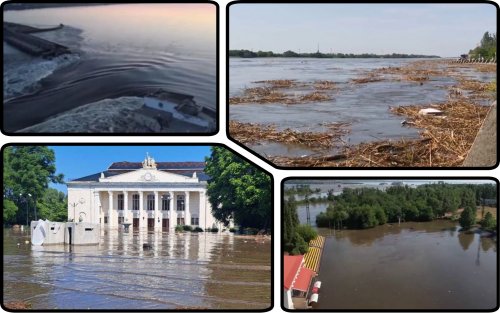If we manage to preserve the willow forest that has begun to form on the site of the former Kakhovka Reservoir, it will be the largest forest of this species in Europe.
This was reported in an interview with the RBC-Ukraine news agency by Yakiv Didukh, an academician of the National Academy of Sciences of Ukraine, ecologist and geobotanist.
He said that after the dam was blown up and the Kakhovka Reservoir was devastated by Russian invaders, there were predictions that dust storms would occur in that area, but this did not happen because willow began to grow.
The scientist recalled that the reservoir was destroyed in June.
“It was then that the willow produced seeds and they germinated abundantly. If it had happened in the fall or winter, the seeds would not have germinated,” he explained.
According to the ecologist, in the fall of 2023, the willow reached 2 meters, which is a record figure. At the same time, there were up to 25 shoots per 1 square meter of territory.
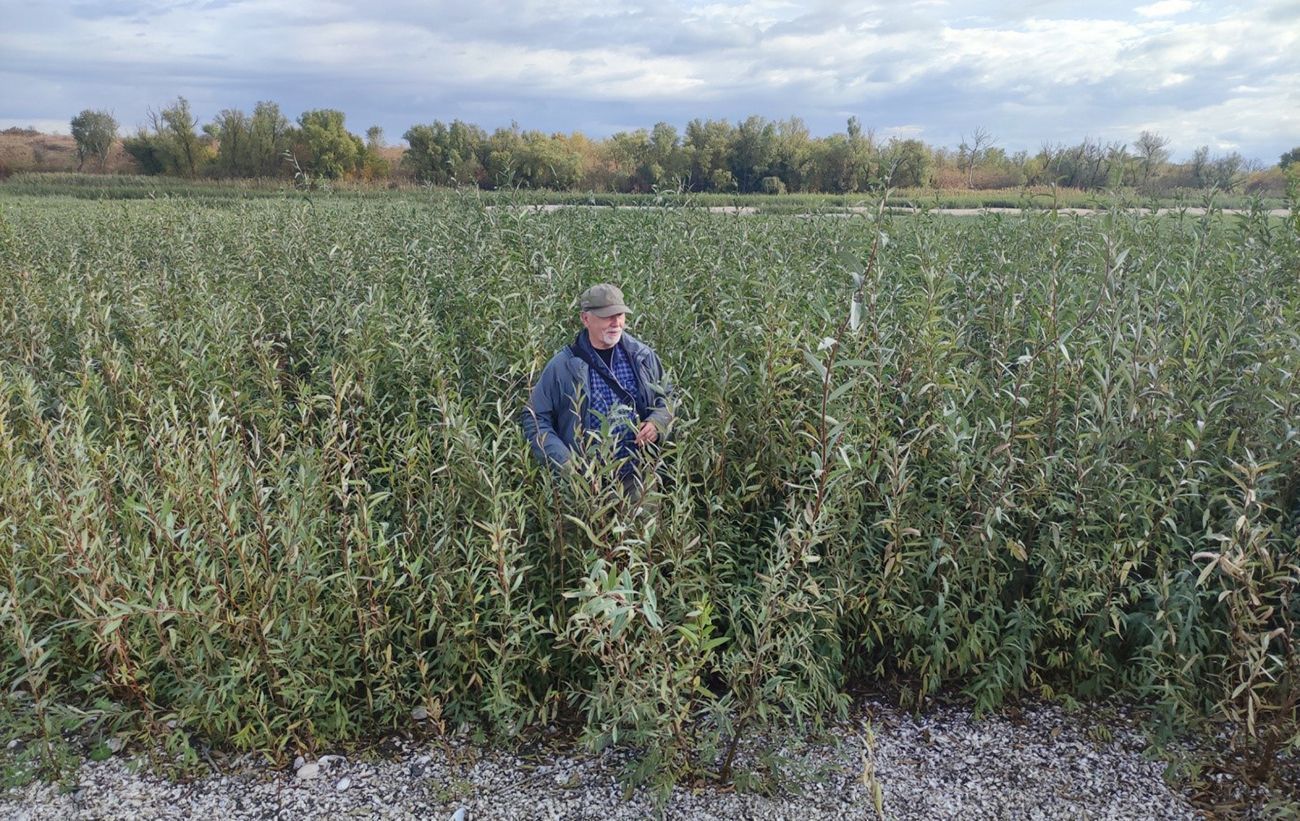
Photo: svit.kpi.ua.
Yakiv Didukh explained that the young trees grew well at the bottom of the former reservoir because the silt was rich in nutrients. He noted that in the fall of 2024, these willows had already reached 5 meters.
The scientist said that willow forests grow very quickly, and can be formed in 20 years. However, he warned that if the area were to be flooded, the destruction of the trees would cause great damage.
“Willow forests have been destroyed everywhere, and they are protected in Europe. And if we manage to restore that forest, it will be the largest willow forest in Europe,” said the academician.
He emphasized that such a forest is very valuable because, according to zoologists, up to 60 species of birds live in such forests, which is the highest figure. And up to 450 species of insects, including some very rare ones.
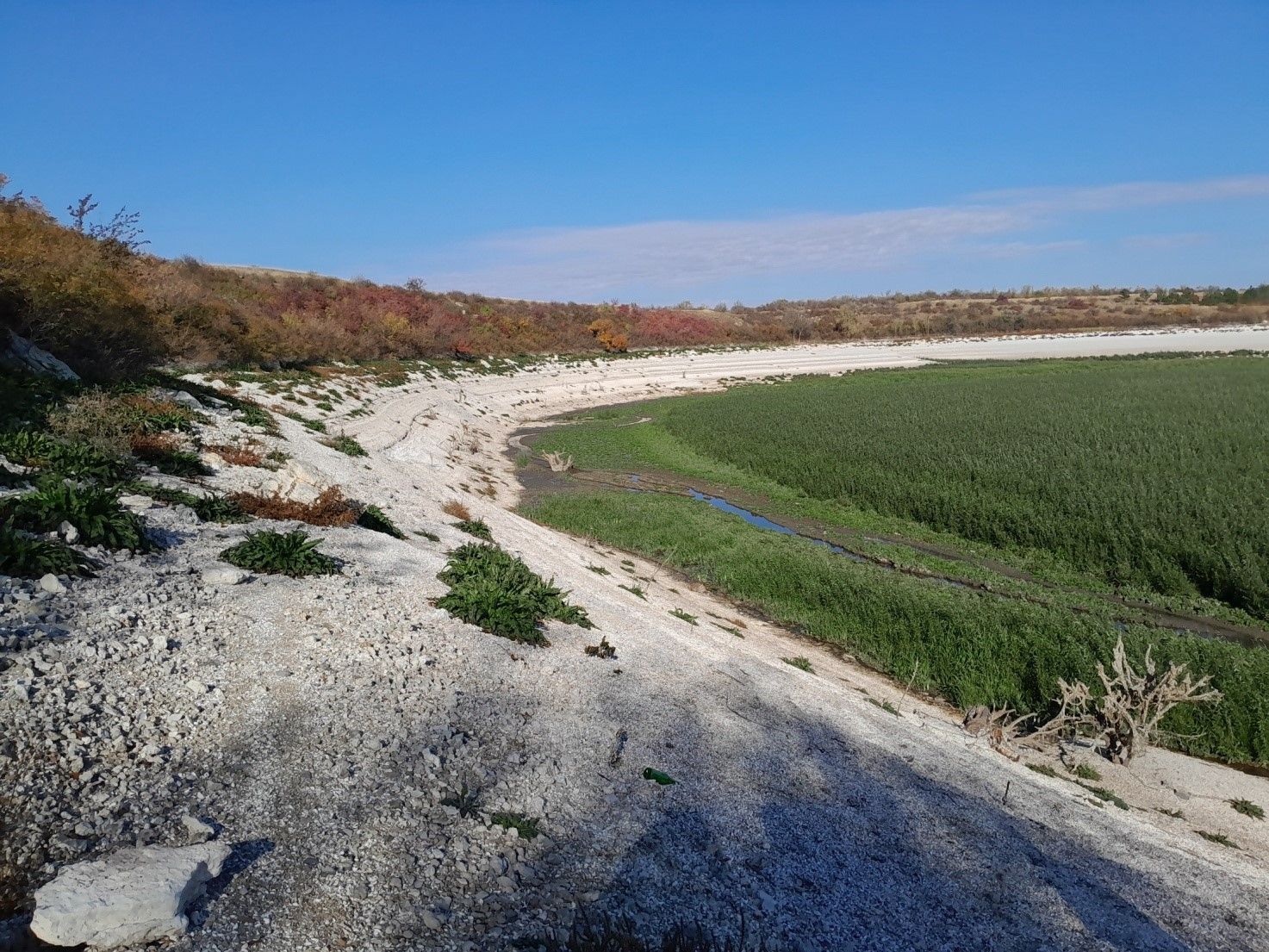
Photo: svit.kpi.ua.
According to the scientist, ecologists are fighting to restore the Velykyi Luh and unique willow floodplain forests on the territory that used to be the bottom of the Kakhovka Reservoir.
“Though they will not be the same as before, because many adventive alien species are already moving in,” warned Didukh.
At the end of March, EcoPolitic reported that UAH 2.3 million was allocated from the state budget for 4 state research institutes to study the destroyed Kakhovka reservoir.


